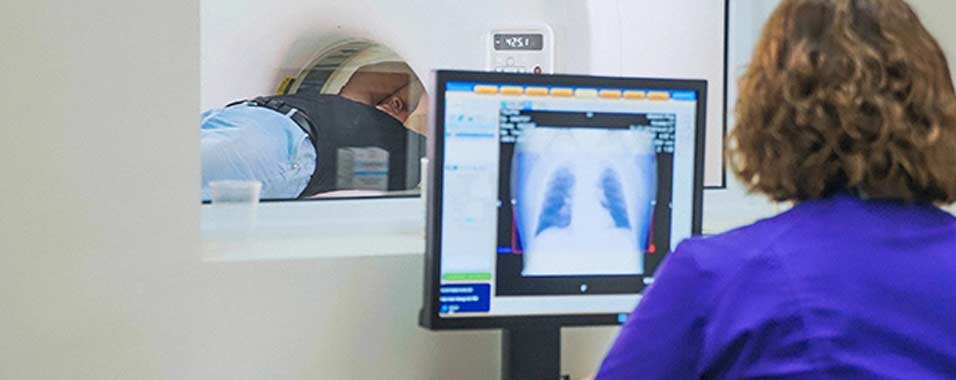
A femoral hernia is one of many specific sub-types of hernia.
Other types of hernias include hiatal, inguinal, umbilical, and epigastric hernias. In general, a hernia occurs when an internal organ or tissue protrudes through the surrounding muscle. For the most part, the sub-types of hernias are named based on the area in which the protrusion occurs. In the case of femoral hernias, the protrusion occurs through the femoral canal.
This canal is located in the area of the upper thigh and groin, and it holds the femoral artery along with several nerves.
CONTACT US TODAY
How Common Are They?
Statistically speaking, femoral hernias are very rare in comparison to other hernia types. However, it is impossible to know the exact prevalence of any type of hernia, because small ones often go undiagnosed and don’t cause symptoms. The majority of hernias that occur in the groin are actually inguinal hernias, which occur in the inguinal ligament that neighbors the femoral canal. Of the diagnosed cases of femoral hernias, the majority have occurred in women.
What Are The Symptoms Of Femoral Hernias?
It is entirely possible that a small femoral hernia won’t cause the patient to experience any symptoms at all. However, if they grow or the patient participates in certain activities, symptoms may become apparent. One of the first symptoms that many patients notice is that they have a lump in their groin or upper thigh area. This lump may only be visible after certain strenuous physical activities, and the patient may be able to push it back in. The location itself may be a source of discomfort for some patients if it is large enough to be felt most of the time. If the lump is too close to the hip, this discomfort may be confused with hip pain. If the presence of the lump is the only symptom, as it is for many patients, medical intervention is not required.

However, femoral hernias can become a medical emergency if they become strangulated. Strangulated hernias are hernias that have grown to such a size or position that they have begun to obstruct blood flow to the patient’s internal organs. More specifically with femoral hernias, when they become strangulated it means that the circulation of blood to the intestines has been cut off and that can lead to tissue death. When a femoral hernia becomes strangulated, the patient is likely to experience acute and severe groin pain, nausea, and stomach pain.
How Are They Treated?
Many femoral hernias will not require any treatment at all. This is the case when they are small and the patient isn’t reporting excessive discomfort. If the patient and physician determine that it is necessary to treat the hernia, the only treatment option is surgery. This can be either open surgery or laparoscopic surgery depending on the specifics of the case. Laparoscopic surgery involves the surgeon making several small incisions through which they reposition the organ or tissues and secure it with either sutures or surgical mesh. Open surgery involves a larger incision which is associated with greater infection risk and longer recovery times. However, it may be the best option if surgical mesh is needed to fix the muscle wall.


